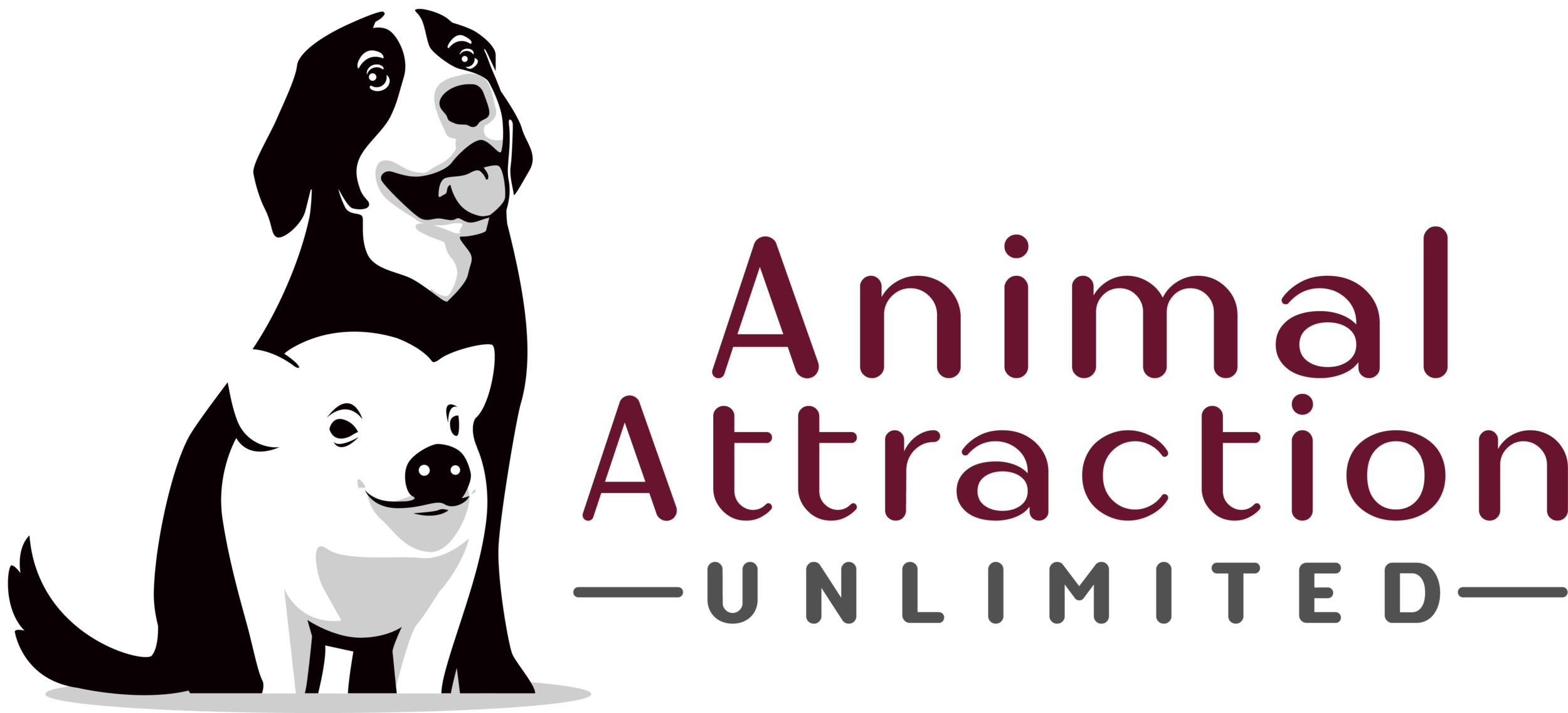Pawsitive Solutions: Navigating Unexpected Dog Encounters
That peaceful stroll in the park, the quiet jog through your neighborhood – sometimes these moments of serenity are punctuated by the sudden appearance of a dog. Whether it's a friendly wagging tail bounding towards you or a more uncertain bark from behind a fence, unexpected dog encounters can be startling. Knowing how to react calmly and safely is crucial for both your well-being and the dog's.
So, what can you do when you find yourself face-to-muzzle with an unexpected canine? Here are some key strategies to keep in mind:
1. Stay Calm and Still:
Your immediate reaction can significantly influence the dog's behavior. Sudden movements, loud noises, or running away can trigger a chase instinct, even in a friendly dog. Instead, try to:
Stop moving: Plant your feet and remain as still as possible.
Breathe slowly and deeply: This will help you stay calm and project a sense of non-threatening energy.
Avoid direct eye contact: In the dog world, a direct stare can be perceived as a challenge. Look slightly away or at the dog's chest.
2. Assess the Situation:
Observe the dog's body language. Is its tail wagging loosely and its body relaxed? Or is it stiff, with raised hackles, bared teeth, and a hard stare? Understanding these cues can help you gauge the dog's intentions.
Friendly signs: Loose, wagging tail; relaxed body posture; open mouth; soft eyes; playful bows.
Potentially aggressive signs: Stiff body; raised hackles (hair along the back); hard stare; wrinkled muzzle; curled lip showing teeth; low growl.
3. Speak Calmly and Gently:
Use a soft, reassuring tone of voice. Avoid high-pitched or frantic sounds. You can say simple phrases like "It's okay" or "Hello there."
4. Avoid Direct Interaction (Initially):
Resist the urge to immediately reach out and pet the dog, especially if you don't know it. Allow the dog to approach you and sniff if it seems inclined. Keep your hands down and visible.
5. Create Space if Necessary:
If the dog seems agitated or you feel uncomfortable, try to create distance slowly and deliberately.
Step back slowly: Avoid turning your back and running.
Use an object as a barrier: If you have a bag, backpack, or even a jacket, you can place it between yourself and the dog.
Move to a safe location: If possible, slowly move towards a fence, a car, or another barrier.
6. What Not to Do:
Don't run or make sudden movements.
Don't scream or yell.
Don't make direct eye contact if the dog appears aggressive.
Don't reach out to pet a dog you don't know without allowing it to approach you first.
Don't turn your back on a potentially aggressive dog.
Don't try to outrun a dog.
7. If a Dog Approaches You While You're Walking Your Own Dog:
This situation requires extra caution.
Stop walking: Remain still.
Keep your dog on a short leash: This prevents your dog from escalating the situation.
Position yourself between your dog and the approaching dog: This can act as a buffer.
Speak calmly to both dogs.
Avoid letting the dogs interact directly unless you are confident in both their temperaments and the other owner is present and in control.
8. After the Encounter:
Whether the interaction was friendly or unsettling, take a moment to process what happened. If you encountered a stray or a dog exhibiting concerning behavior, consider reporting it to your local animal control or non-emergency police line.
Unexpected dog encounters don't have to be scary. By understanding basic dog behavior and practicing these strategies, you can navigate these situations with confidence and ensure the safety of yourself and the canine you meet. Stay aware, stay calm, and remember that a little knowledge can go a long way in fostering positive interactions with our furry friends.
